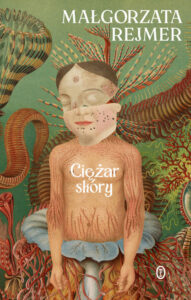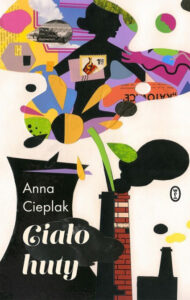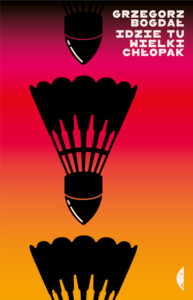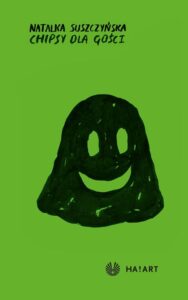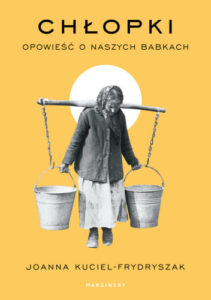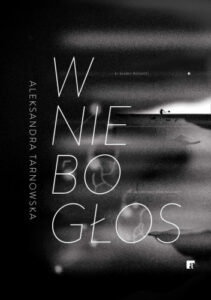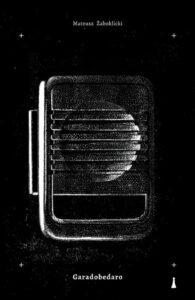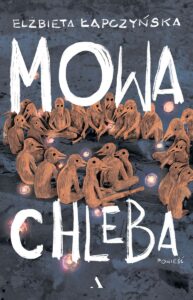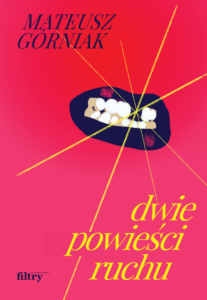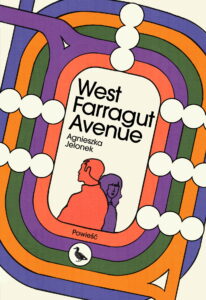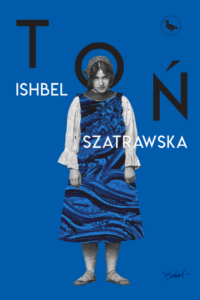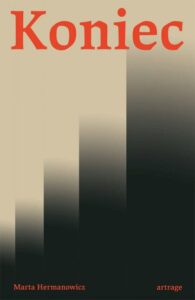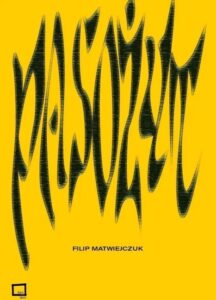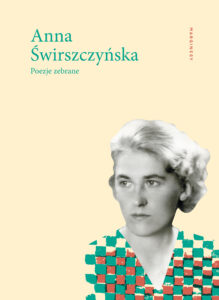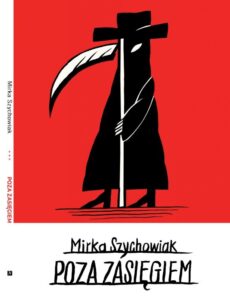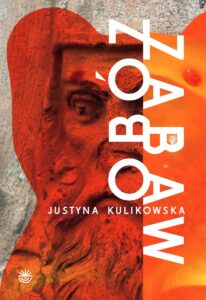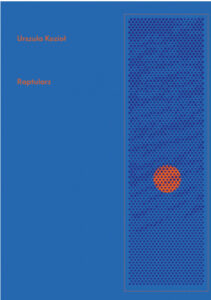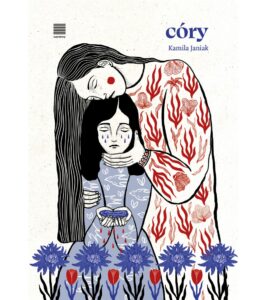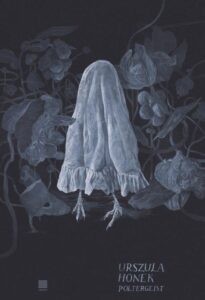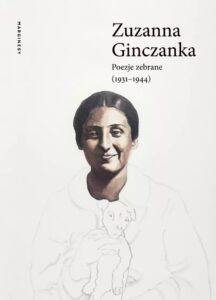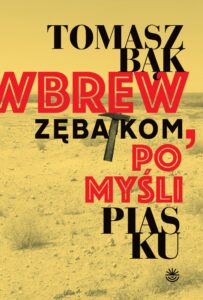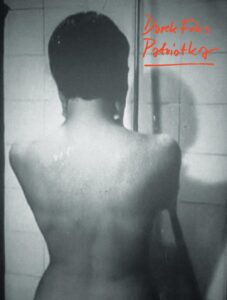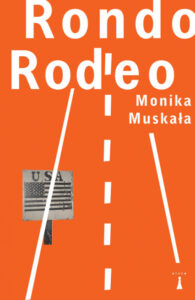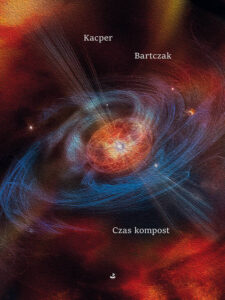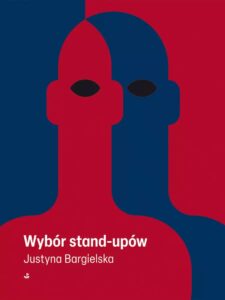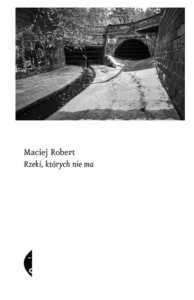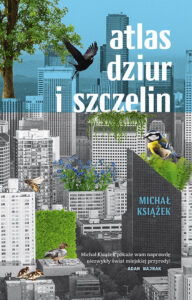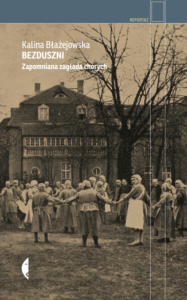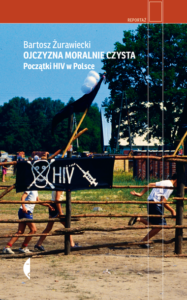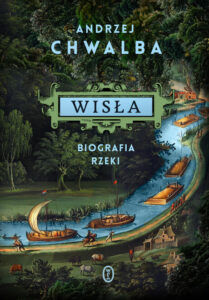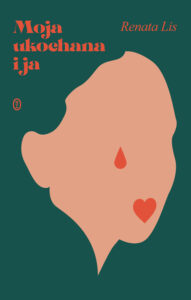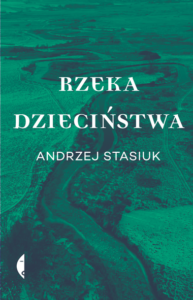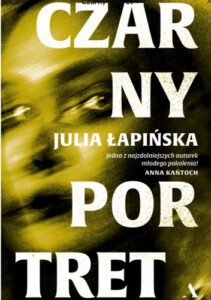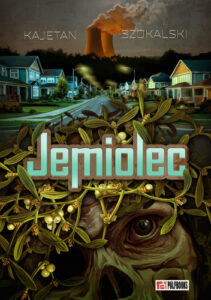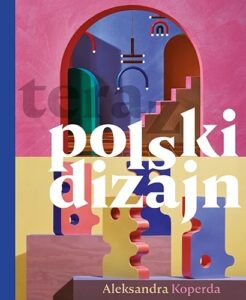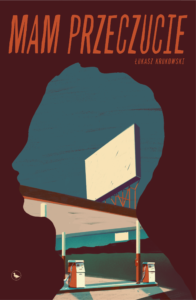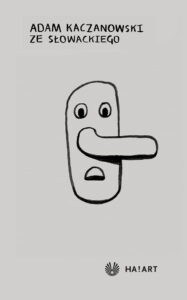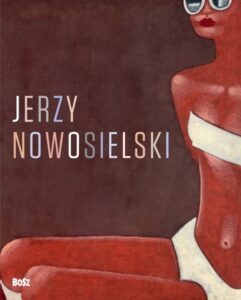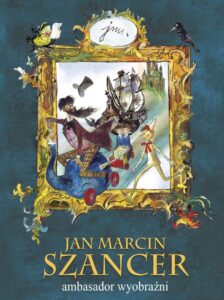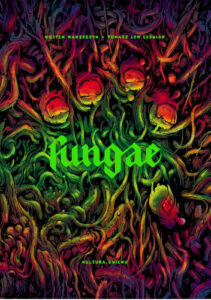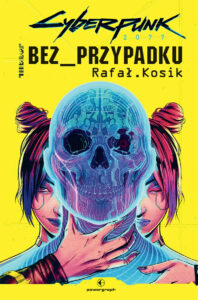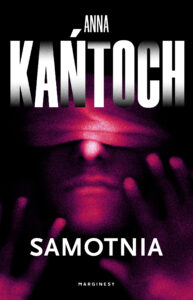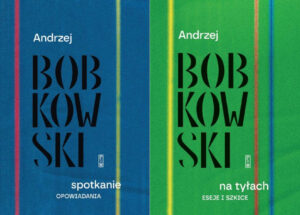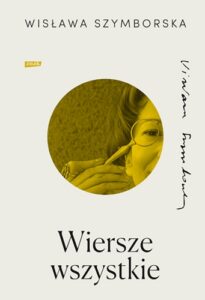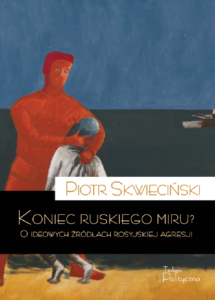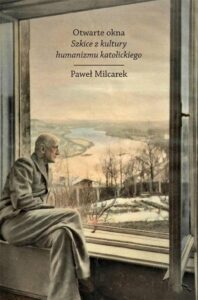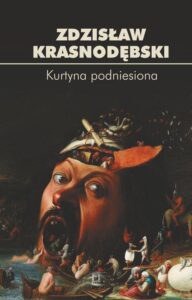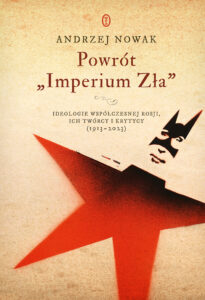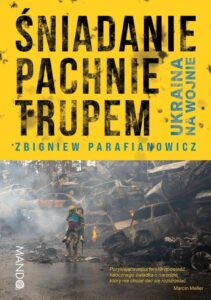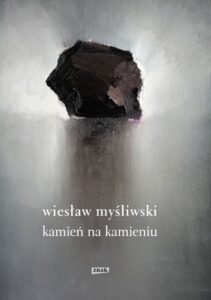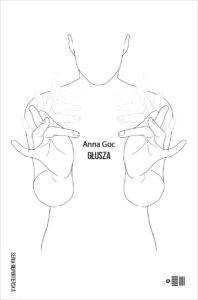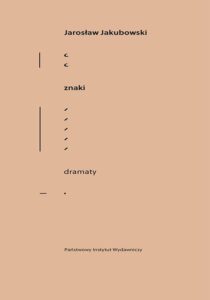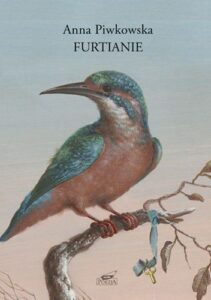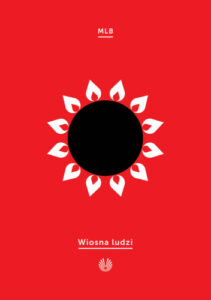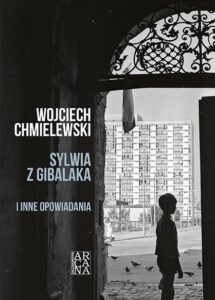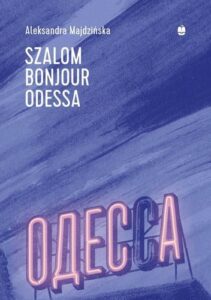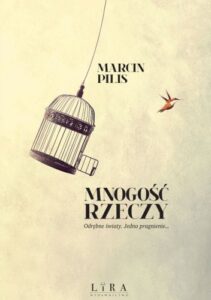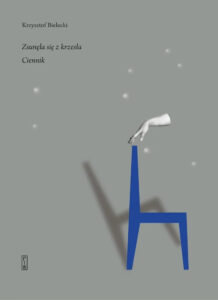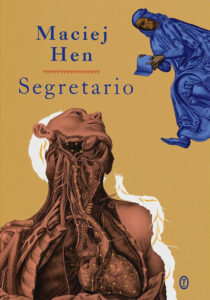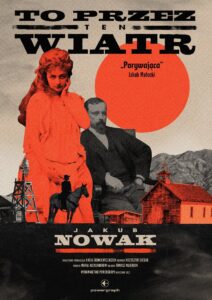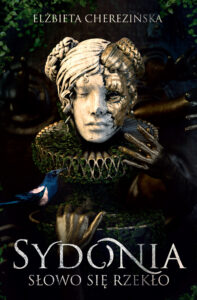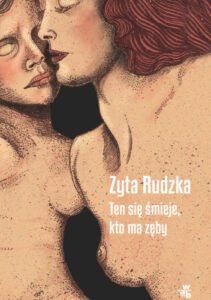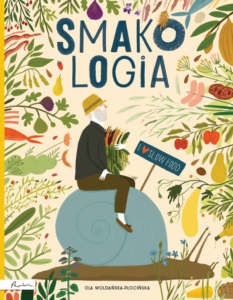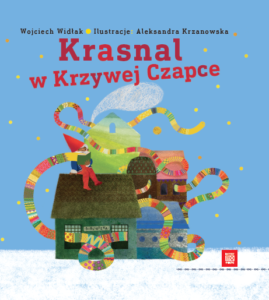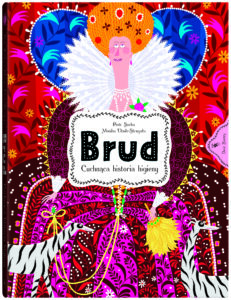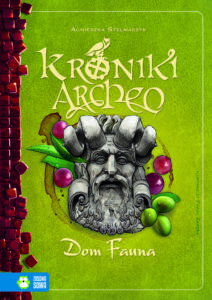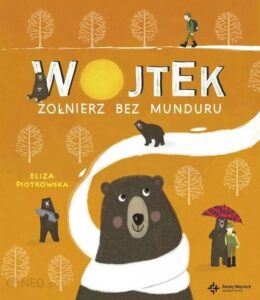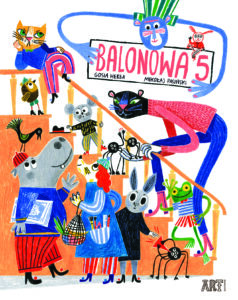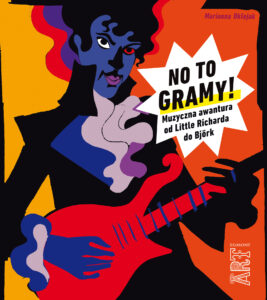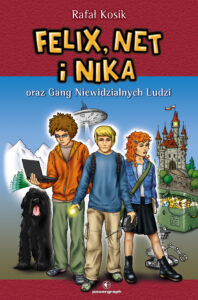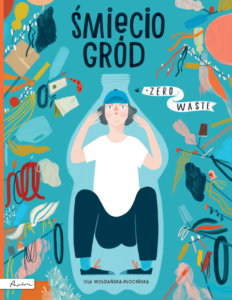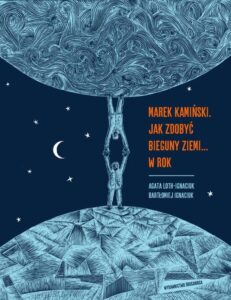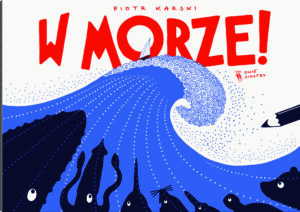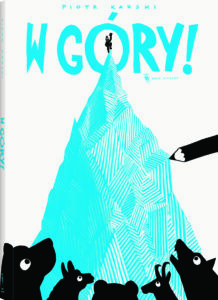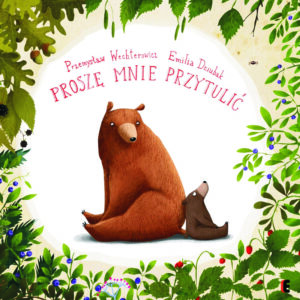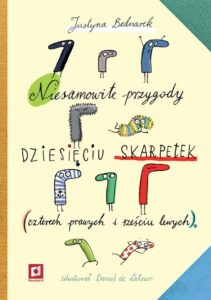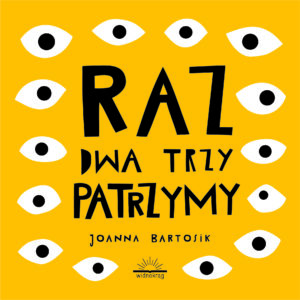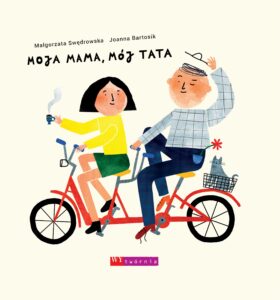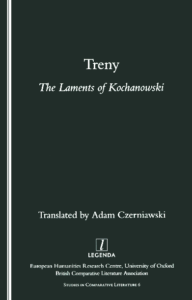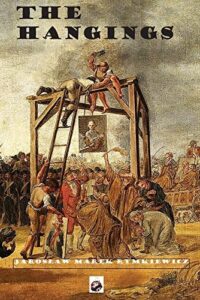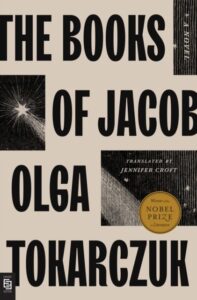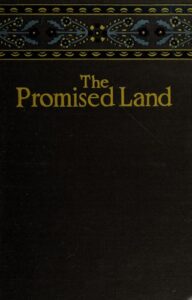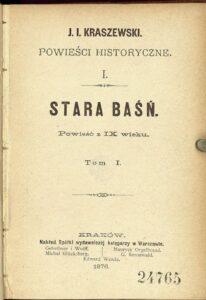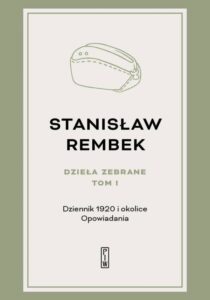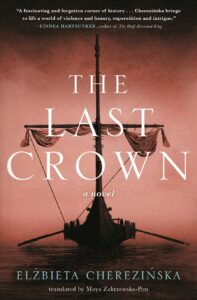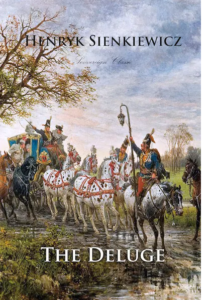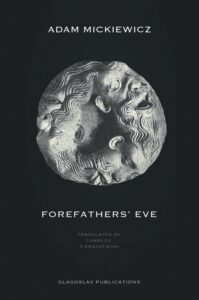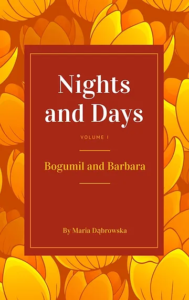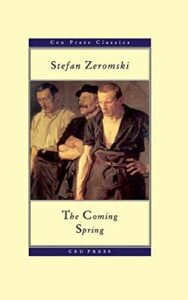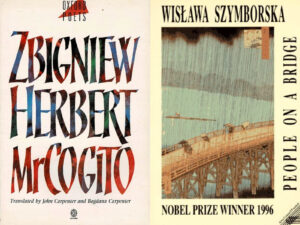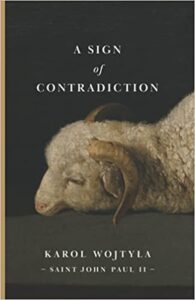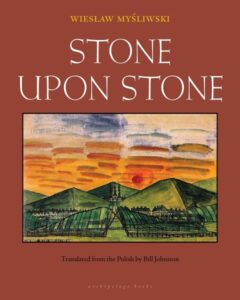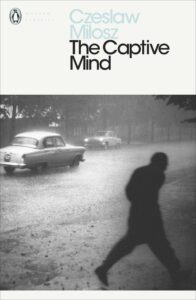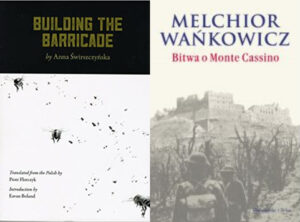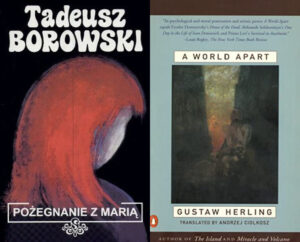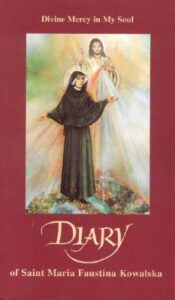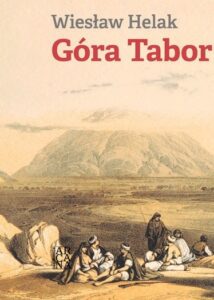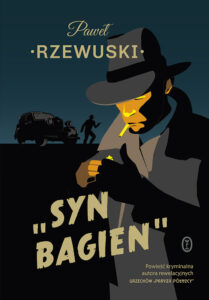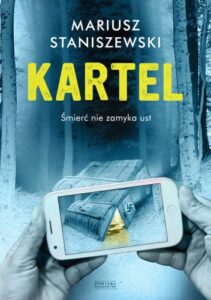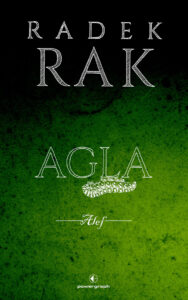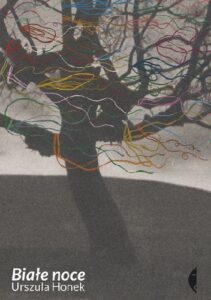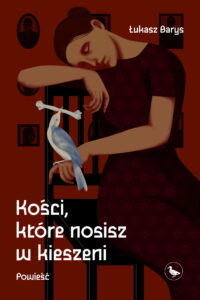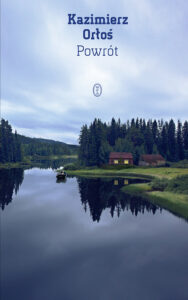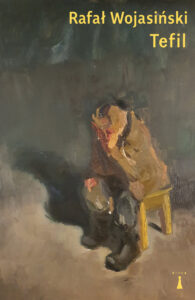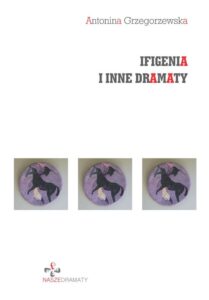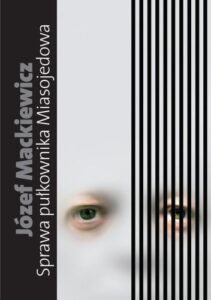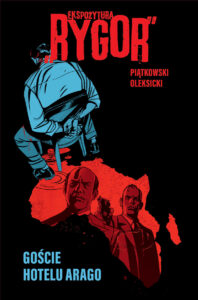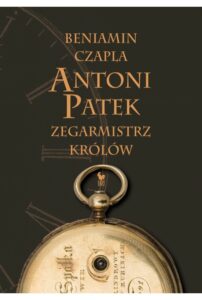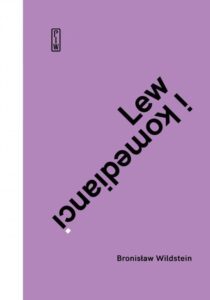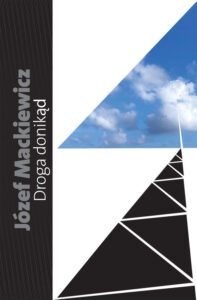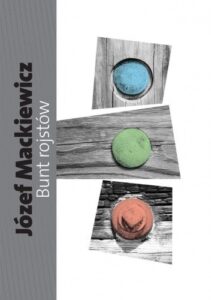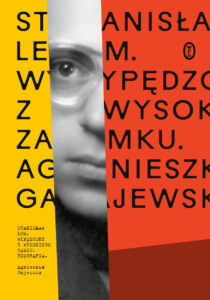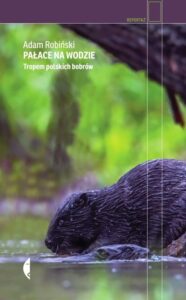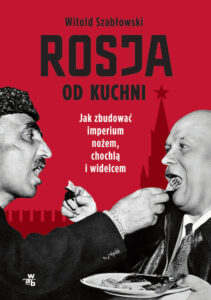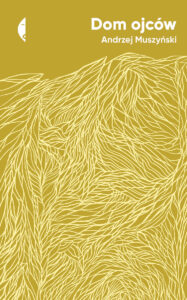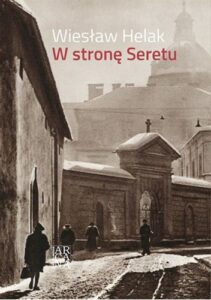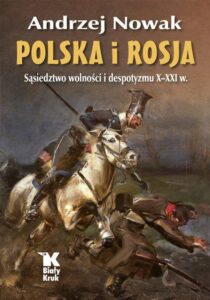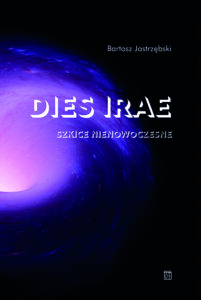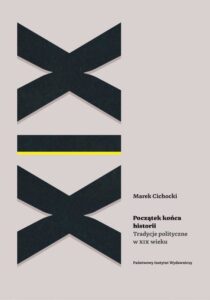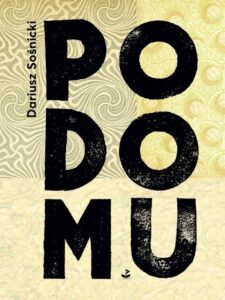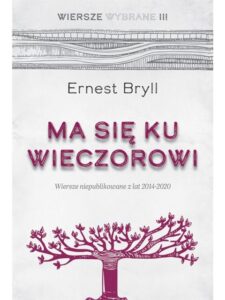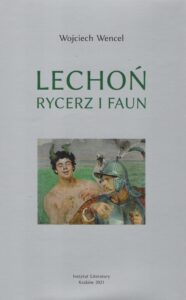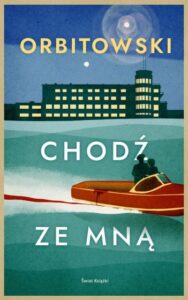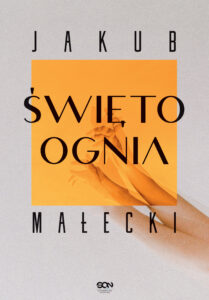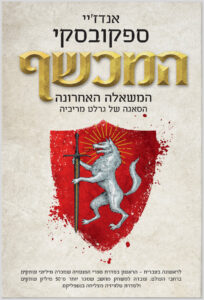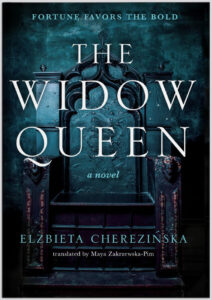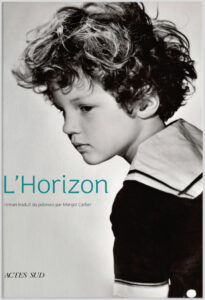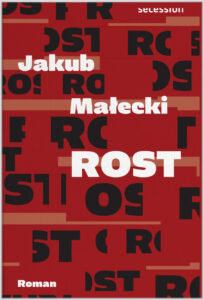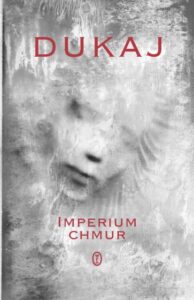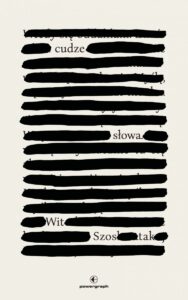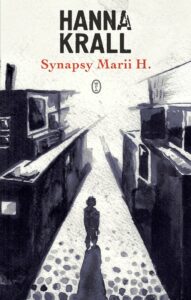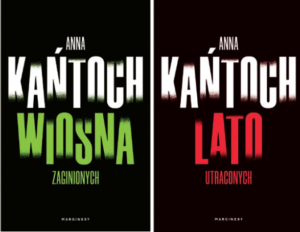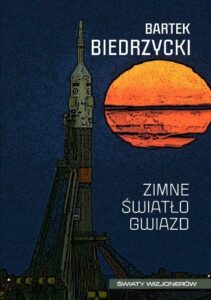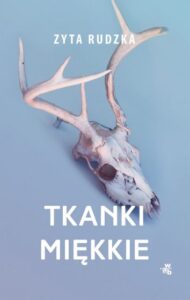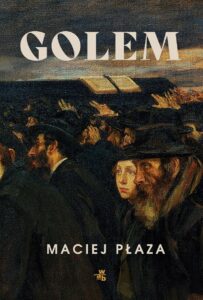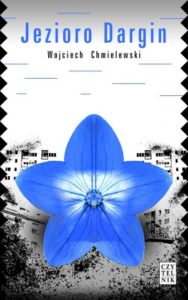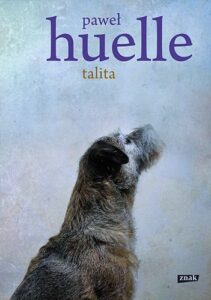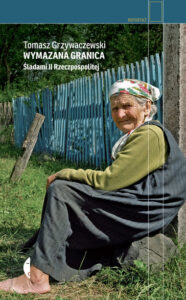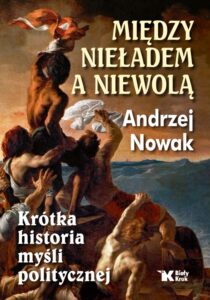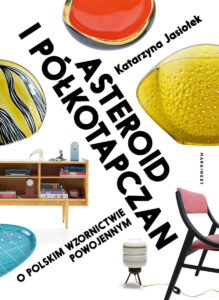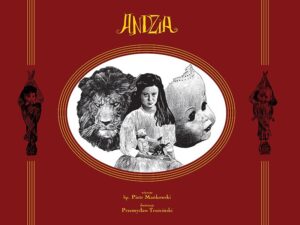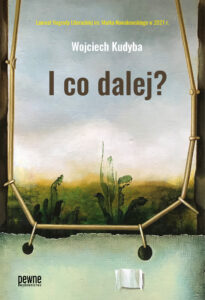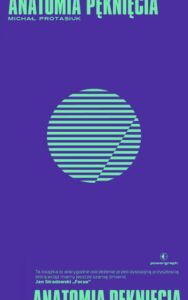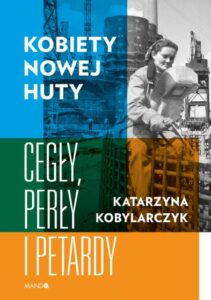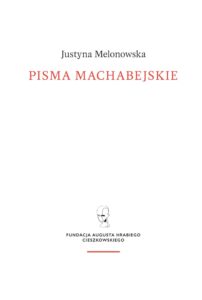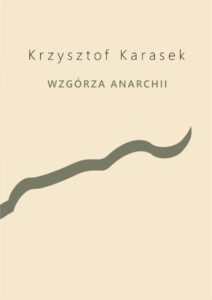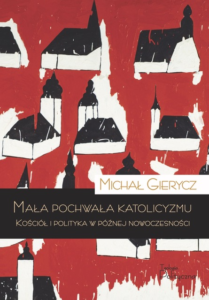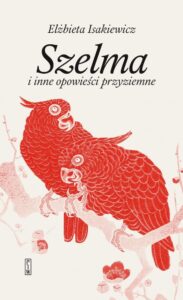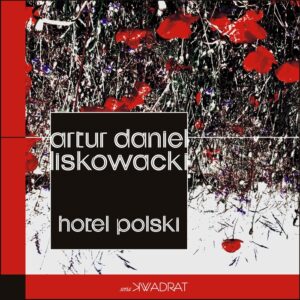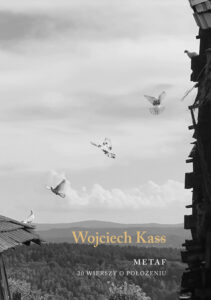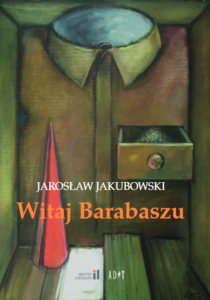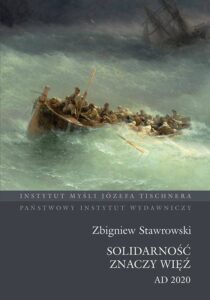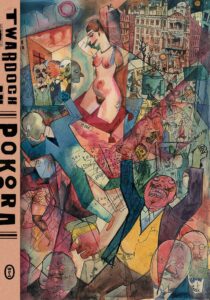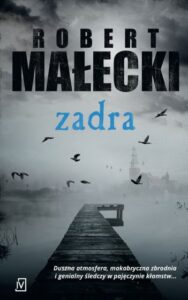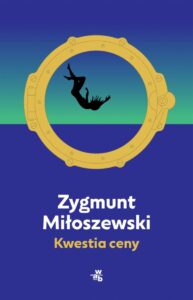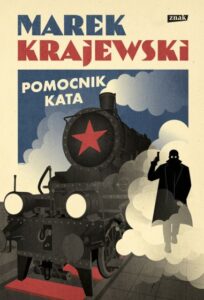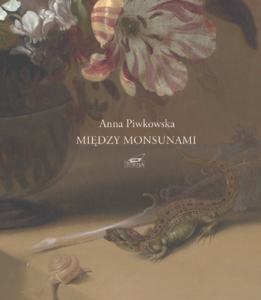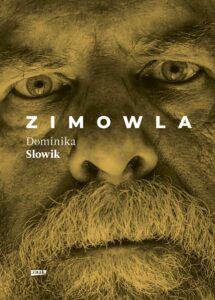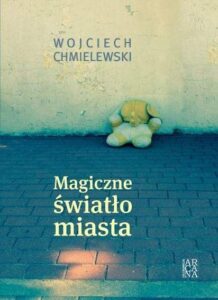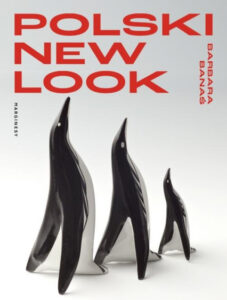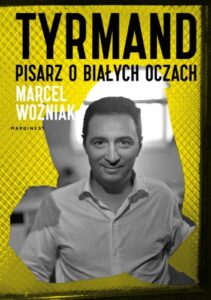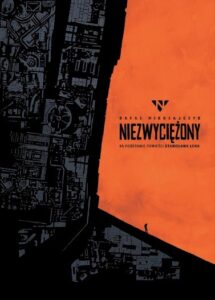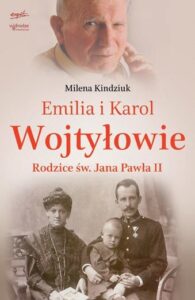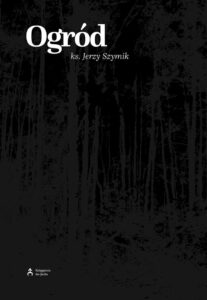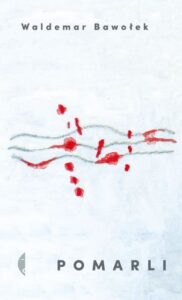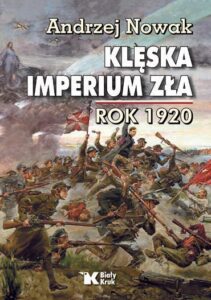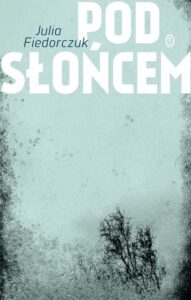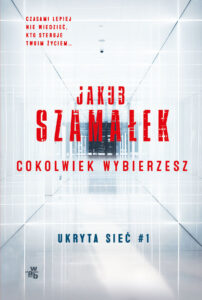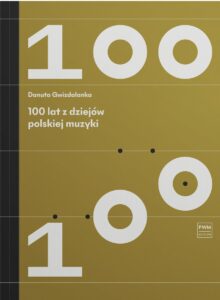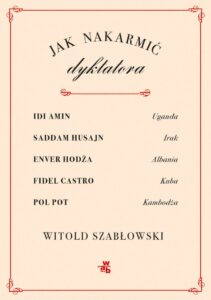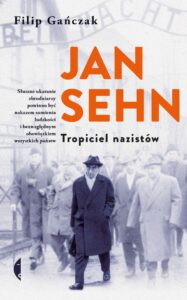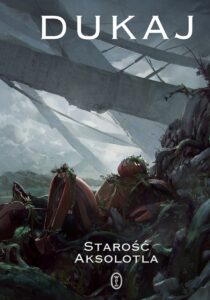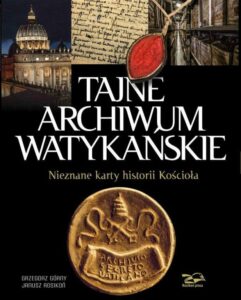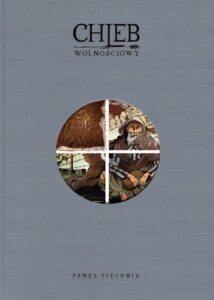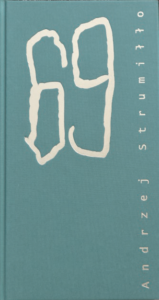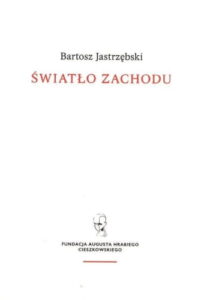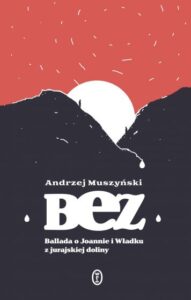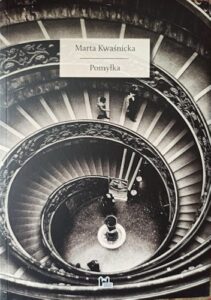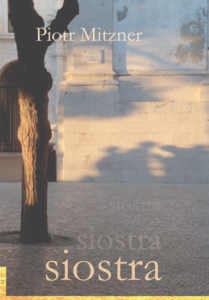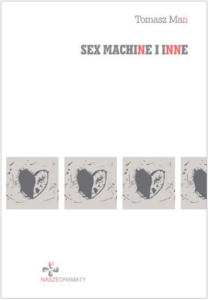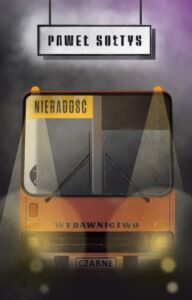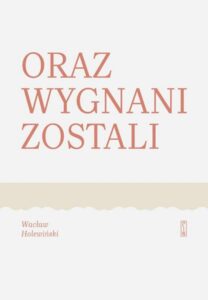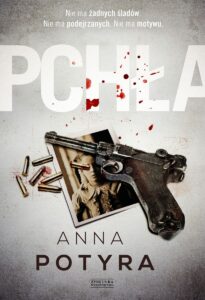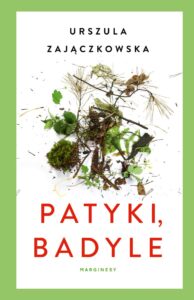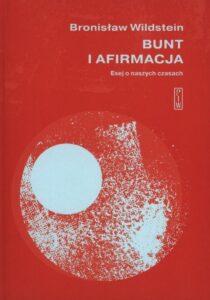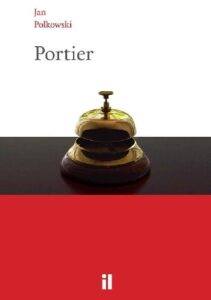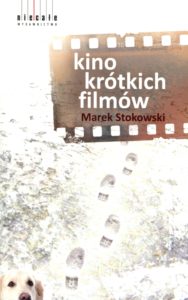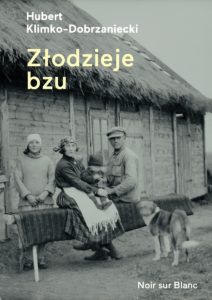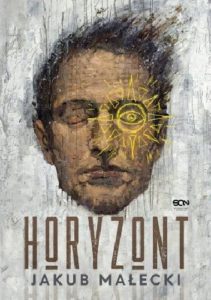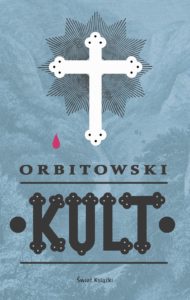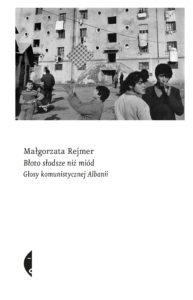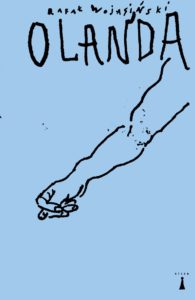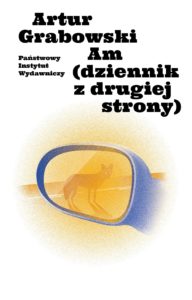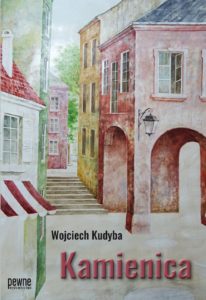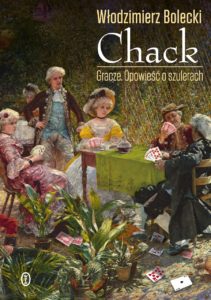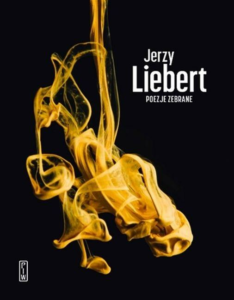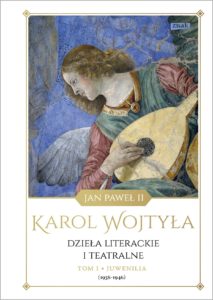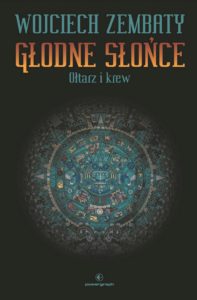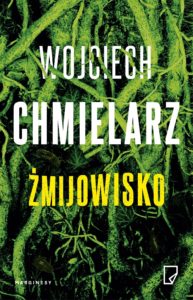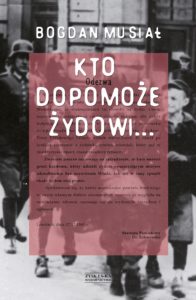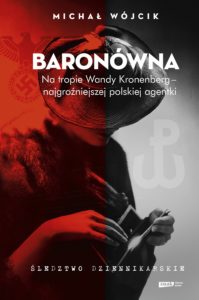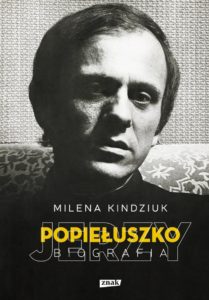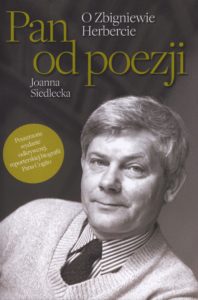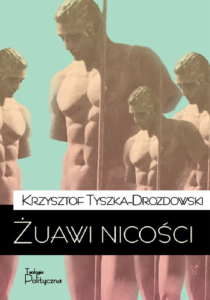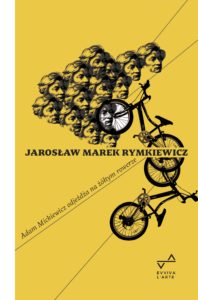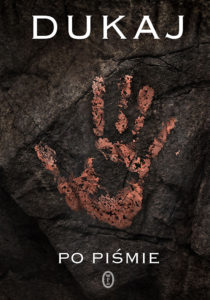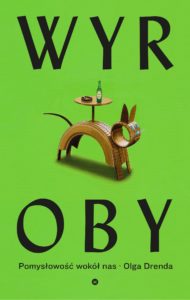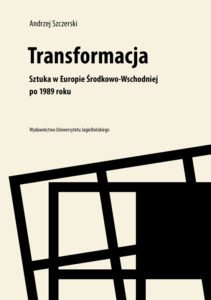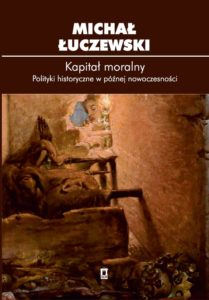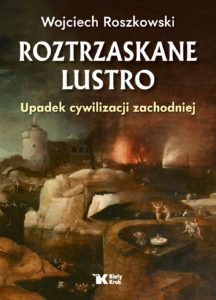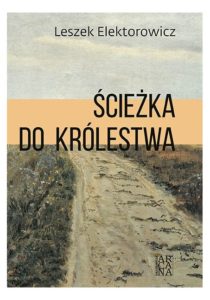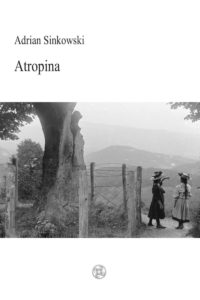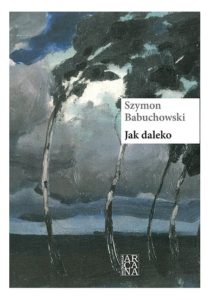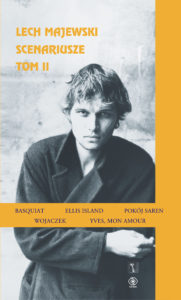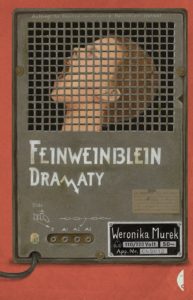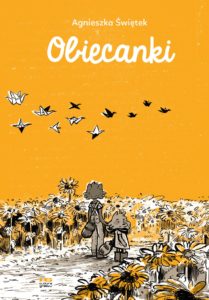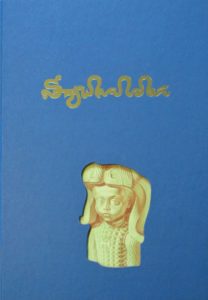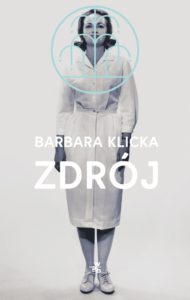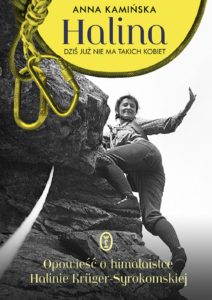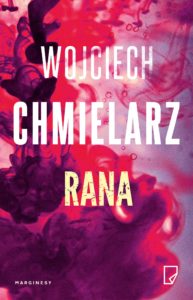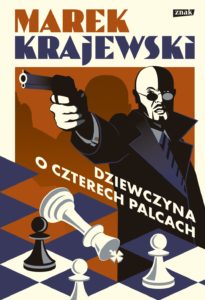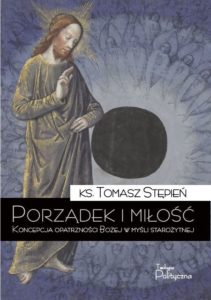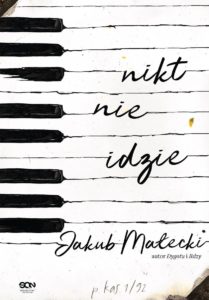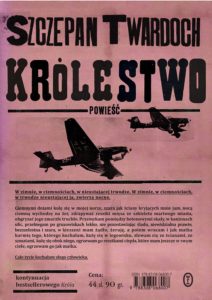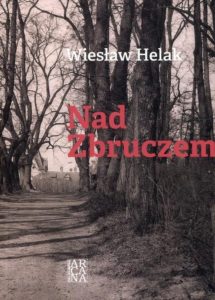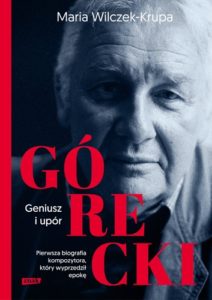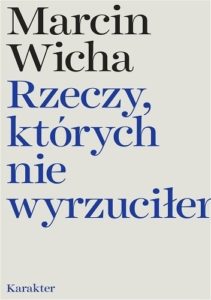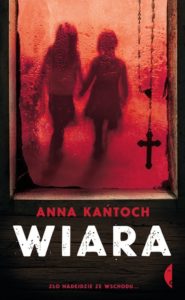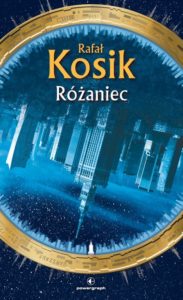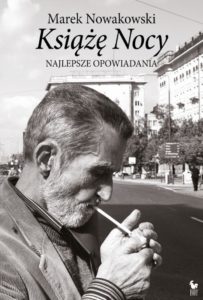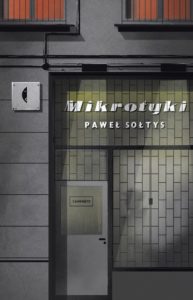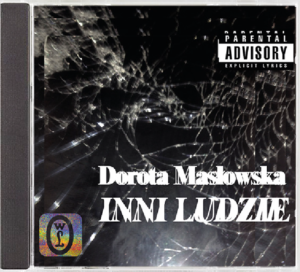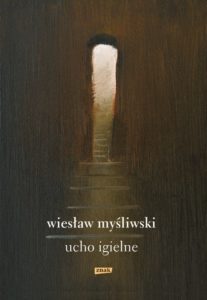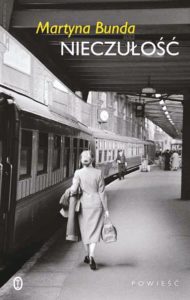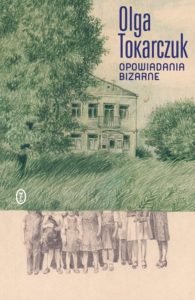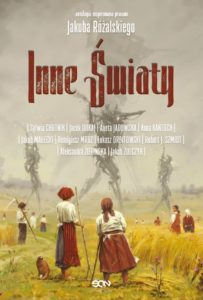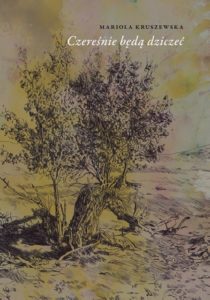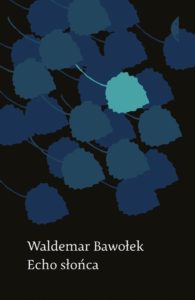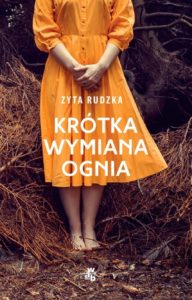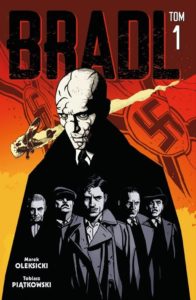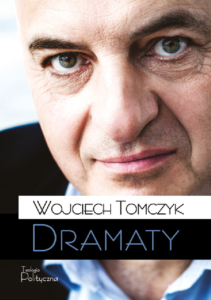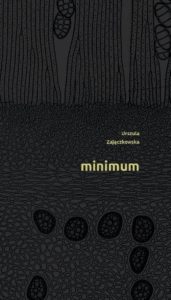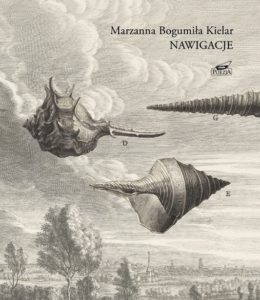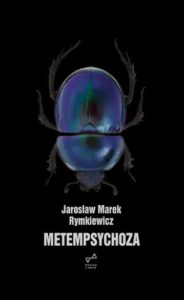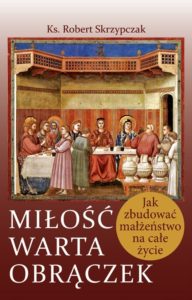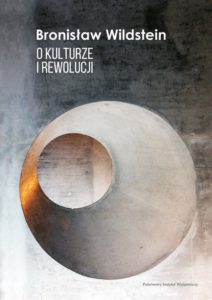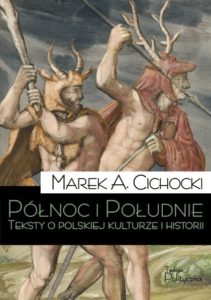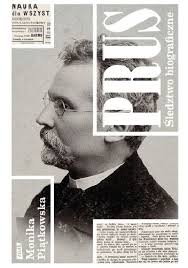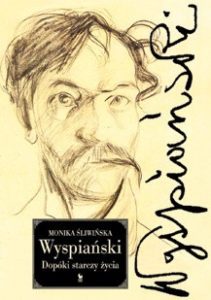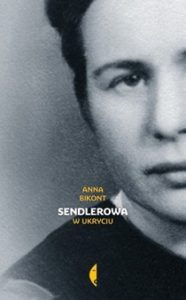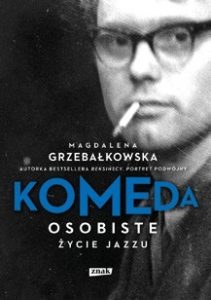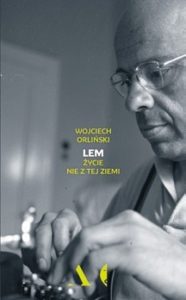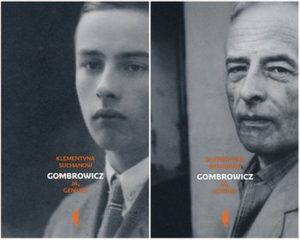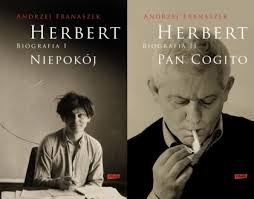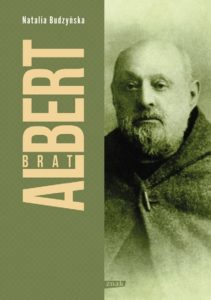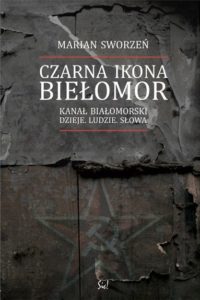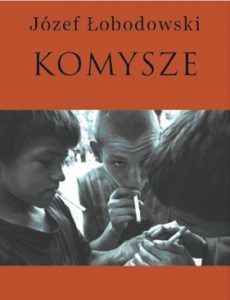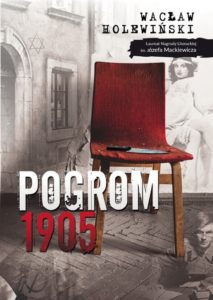A journey through the land known as Al-Andalus, the Spain of Islam, but also of Judaism and Christianity
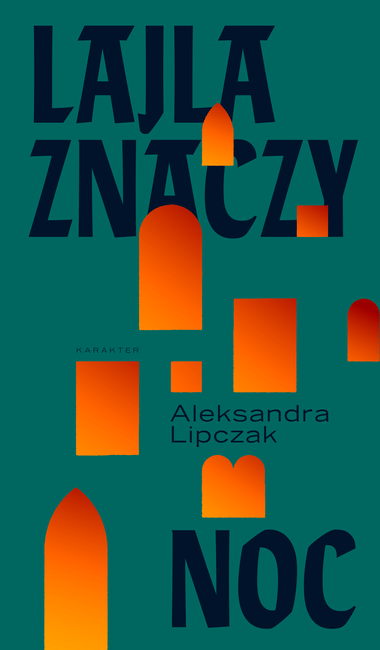
Disorientated – that’s how you could describe my state on this January afternoon. The surroundings are rather typical: a half-hour queue to get in, hot in the sun and icy in the shade, the centre of Seville full of britzkas and Madonnas weeping diamond tears. Tapas, churros, oranges. And then this.
The inscription is surprisingly modern, geometric. White and blue tiles, straight lines. Although after my two years of learning Arabic I still remember the alphabet, I wouldn’t be able to decipher the Kufi script, reduced to its abstract essence. But I do know – because I just read it – that the geometric writing says: there is no victor but Allah. It’s the motto of the Nasrids, the last Muslim dynasty in Spain, also written hundreds of times on the walls of Granada’s Alhambra.
I know, too, that when I step through the gate and onto the patio, there will be more Arabic inscriptions, including one that praises “our beloved sultan Badr”. There will also be a verse from the Qur’an on one of the capitals, and all this among Latin inscriptions and symbols of Castile and Léon. After all, I’m standing in front of a palace built by the Castilian king, Pedro I the Cruel, also known as the Just or the Executor of Justice, the great-great-grandson of Alfonso X the Wise.
‘The most Catholic,’ said the anthropologist José Antonio González Alcantud, about Seville, when I asked him about the former capitals of Al-Andalus. There’s the Seville of indie rock, feminist mobilisation and rebellious neighbourhoods adopting their own currency during the economic crisis. But there’s also another one, not always distinct from the first: a shop selling devotionals, and on display a small wooden figurine of the Virgin Mary that you can dress up in different robes. It encapsulates an entire religious culture that can be described with a plethora of adjectives: ludic, baroque, corporeal, ubiquitous, exaggerated. Catholic. And very Sevillian. Perhaps that’s why I’m surprised to find out that the Alcázar (from the Arabic ‘al-kasr’, castle) – “the longest functioning royal residence in Europe”, as the sign in the courtyard reads – is still the home of the royal couple when they visit Andalusia. In other words, every time Felipe VI and Letizia spend a night in Seville, they walk under an inscription praising Allah, placed there by their distant grandfather – albeit their symbolic one, as he wasn’t a Bourbon as they are. But regardless of his dynasty, he was – as they are – a Catholic, grandson of the heroes of the Reconquista. ‘So why on earth did he build himself a palace with extracts from the Qur’an on the walls?’ I wonder, baffled, in the courtyard of the Alcázar one January afternoon. It’s not the first time I’ve felt like this in this corner of Europe.
Disorientation is a state of mind Spain causes easily. It ought to be visited as part of a bewilderment tour, there should be special maps, one should have to follow the routes and paths that heighten uncertainty and exacerbate cognitive confusion, intellectual discomposure and a not entirely pleasant itch somewhere at the back of your skull.
One of the points on the map would have to be the city of Teruel in Aragon, for instance. When I woke up in a hostel there one summer, I thought I was in a beehive. It was only when I reached one of the squares in the old town that I realised the noise was people sitting at café tables in the summer morning sun. I remember that surreal sight: people buzzing like a swarm of bees and looming above their heads, a huge minaret decorated in a green and white motif. It was the tower of the city’s fourteenth-century church.
The map of confusion would also have to include Toledo station, which looks more like a Moorish castle than a place where trains bring people to their workplaces every day. Toledo should feature on the map for many reasons, actually. I was again struck by the feeling that I was looking at a visual rebus – something that in no way fits with anything I know and which I can’t, even loosely, classify – in El Tránsito synagogue, which is full of Arabic inscriptions and toothy arches, more closely resembling a mosque. You would also have to add to the list the Chapel of the Holy Cross, with its depiction of Christ Pantocrator added to the arch of a customary Arabic inscription wishing happiness and good fortune.
Excerpt translated by Zosia Krasodomska-Jones
A journey through the land known as Al-Andalus, the Spain of Islam, but also of Judaism and Christianity

Translation rights: Andrew Nurnberg Associates Warsaw, anna.rucinska@nurnberg.pl
Poland may be famous for outstanding reportage, but it’s not every day that one comes across books like Lajla means Night. Aleksandra Lipczak has pulled off a rare feat: her book is a cross between reportage and essay – writing that grips readers as tightly as the best novels.
Lipczak’s Lajla takes us on a journey through the land known as Al-Andalus, the Spain of Islam, but also of Judaism and Christianity, showing how over the centuries this wealthy, multicultural medieval heritage has been almost wiped from the Iberian Peninsula. For instance, we learn about the Islamo-Arab roots of modern Spanish pop music that draws its inspiration from flamenco, as well as the Arabic roots of translation studies and the architectural palimpsests that continue to provoke heated debates in Spain, feeding into ongoing discussions around the foundations of Spanish culture. We also discover that troubadours and courtly love, and thereby also romantic love, would not exist in European literature were it not for Arab slave girls, whose work involved singing and reciting poetry, and often composing it, too. But the strength of Lipczak’s writing isn’t just down to anecdotes or interesting facts. She doesn’t shy away from using bold expressions and talking about, for instance, medieval head-hunters – it’s a rare skill for such anachronisms not to jar. In so doing, she showcases brilliant technique and an excellent ear for language, and perhaps above all, the breadth of her knowledge, based on numerous – mostly English and Spanish – sources, and her ability to say as much as possible in just a few sentences. Lipczak writes with singular literary flair that brings to mind brilliant reportage writers like Margo Rejmer and Mariusz Szczygieł. Lajla Means Night is a virtuoso work.
Krzysztof Cieślik
Translated by Zosia Krasodomska-Jones
Selected samples
She climbed her first peaks in a headscarf at a time when women in the mountains were treated by climbers as an additional backpack. It was with her that female alpinism began! She gained recognition in a spectacular way. The path was considered a crossing for madmen. Especially since the tragic accident in 1929, preserved … Continue reading “Halina”
First, Marysia, a student of an exclusive private school in Warsaw’s Mokotów district, dies under the wheels of a train. Her teacher, Elżbieta, tries to find out what really happened. She starts a private investigation only soon to perish herself. But her body disappears, and the only people who have seen anything are Gniewomir, a … Continue reading “Wound”
A young girl, Regina Wieczorek, was found dead on the beach. She was nineteen years old and had no enemies. Fortunately, the culprit was quickly found. At least, that’s what the militia think. Meanwhile, one day in November, Jan Kowalski appears at the police station. He claims to have killed not only Regina but also … Continue reading “Penance”
The year is 1922. A dangerous time of breakthrough. In the Eastern Borderlands of the Republic of Poland, Bolshevik gangs sow terror, leaving behind the corpses of men and disgraced women. A ruthless secret intelligence race takes place between the Lviv-Warsaw-Free City of Gdańsk line. Lviv investigator Edward Popielski, called Łysy (“Hairless”), receives an offer … Continue reading “A Girl with Four Fingers”
This question is closely related to the next one, namely: if any goal exists, does life lead us to that goal in an orderly manner? In other words, is everything that happens to us just a set of chaotic events that, combined together, do not form a whole? To understand how the concept of providence … Continue reading “Order and Love”
The work of Józef Łobodowski (1909-1988) – a remarkable poet, prose writer, and translator, who spent most of his life in exile – is slowly being revived in Poland. Łobodowski’s brilliant three- volume novel, composed on an epic scale, concerns the fate of families and orphans unmoored by the Bolshevik Revolution and civil war and … Continue reading “Ukrainian Trilogy: Thickets, The Settlement, The Way Back”
